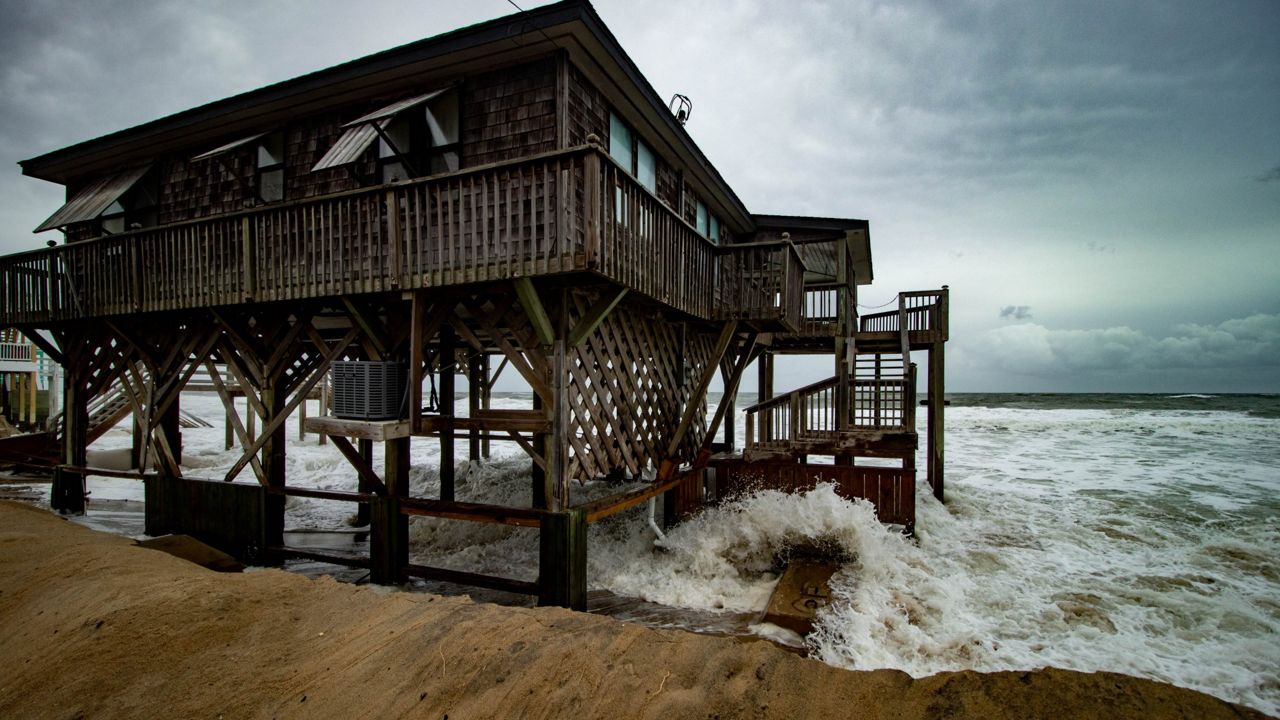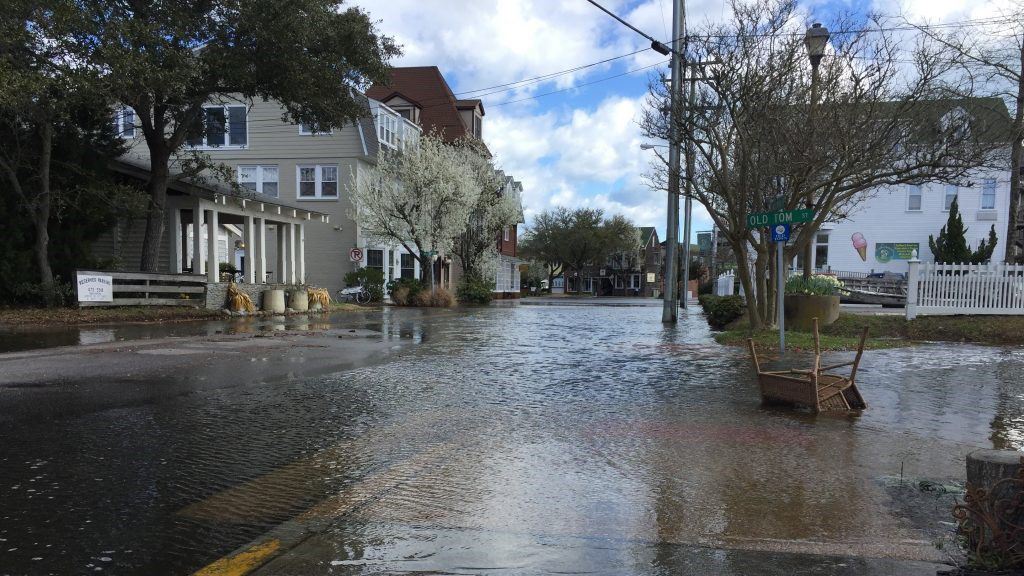As fall returns to the United States, millions are greeted to their typical Autumnal sights. Changing leaves, the first taste of colder air and even the first snowfall for a lucky few.
But in Florida, fall means rising tides and coastal impacts threatening to inundate coastal communities. Tis the season for King Tides.
This time of the year, King Tides aren’t uncommon along Florida’s coast. In fact, they’re expected.
King Tides are the highest predicted high tide cycle of the year at a location. For Florida, our King Tide cycle occurs in the fall with a second, more minor, King Tide cycle in the spring.
When King Tides occur, they typically provide rough surf, high wave action and impressive wave run up along the coast. In some spots, waters can meet or even exceed the dune line as King Tides pushes seawater toward typically dry land
How Do King Tides Develop?
King Tides develop when three crucial factors align in our skies.
First, the sun exerts it’s gravitational pull on Earth’s oceans. This helps develop our regular high tide cycle. Then the moon gets involved.
As the moon exerts it’s own gravitational force on the Earth, it too helps to develop and impact our natural tidal cycle.
But the real magic occurs when both celestial bodies line up in the sky. When the Earth, Moon and Sun all align in a straight line, the gravitational pull between all three bodies line up perfectly, creating a combined and intensified gravitational pull.
It’s this combined gravitational pull that leads to exceptionally higher tidal cycles that we see this time of year.
King Tide flooding takes over this neighborhood. (Spectrum News)
Since the Earth and Moon take their time to orbit around the Sun, this leads to several weeks of King Tide cycles along our coastline. The highest of these cycles typically occurs during mid-to-late October or into very early November.
After that time King Tides continue with a slightly decreasing effect each cycle, as the combined gravitational force weakens on Earth, as the Sun, Moon and Earth all return to misalignment.
King Tides bring various impacts
While King Tides are a regularly occurring yearly phenomena, they still pose a threat to communities with saltwater inundation.
As tidal run up occurs, saltwater can inundate sewer drains and even approach coastal buildings or public utilities.
This infiltration of saltwater can damage property, contaminate clean drinking water and cause public drains to overflow.
If drains do overflow, this can cause flooding on area roadways which can cause further disruptions as drivers must detour around closed roads until the water recedes.
RELATED | Rising Water Levels Force Florida Politicians to Address Climate Change
From an ecological standpoint, the rapid fluctuation in water levels and increased salinity during King Tide cycles can accelerate coastal erosion.
This erosion can cause major degradation to surrounding dunes which help protect not only the nearby urbanized ecosystem from further damage but also marine ecosystems too.
Turtles, seagulls and various other marine life depend on the dunes for survival and coastal erosion can disrupt their day-to-day activities.
Economically, King Tides can have far reaching, and sometimes long lasting, impacts to a community. If nearby coastal properties do flood, repairs can be costly adding financial stress to homeowners and businesses alike.
Coastal areas heavily reliant on tourism feel the sting as beach erosion and water quality deters visitors. Agriculture and fisheries suffer from saline intrusion, which can affect the livelihoods in these sectors.
Climate Change can impact King Tides
The situation is further complicated by climate change. Rising sea levels, attributed to the melting of the polar ice caps and the expansion of seawater because of warming temperatures, intensify the impact of King Tides.

Coastal waves lash a building along the East Coast. (Spectrum News)
As climate change advances, these high tide cycles could become more frequent and more disastrous.
The long-term threat posed by climate change underscores the urgency of addressing these challenges.
Without mitigation efforts, the damage inflicted by king tides could grow significantly worse, imperiling coastal communities, ecosystems and economies alike.
Bottom line – sea level rise will make today’s King Tides become the future’s everyday tides.
Our team of meteorologists dives deep into the science of weather and breaks down timely weather data and information. To view more weather and climate stories, check out our weather blogs section.

